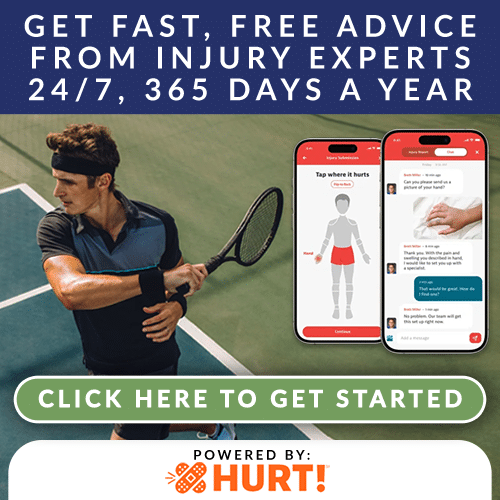For the past several months, you have noticed numbness and tingling in your hand while you performed a familiar task at work or at home. Occasionally, you have experienced pain, sometimes sharp, on the inside of your wrist. The discomfort has become progressively worse, waking you up at night, and you have started to notice that your grip is not as strong as it had been. These are some of the common symptoms that patients report when they are experiencing the effects of Carpal Tunnel Syndrome (CTS). As an orthopedic surgeon that is fellowship trained in hand surgery, I commonly see patients with this condition. It is my hope that this article will help you recognize CTS, and seek treatment to alleviate these symptoms.
The carpal tunnel is a narrow passage in the wrist. The floor is formed by the small bones of the wrist and the roof, on the palm side of the hand, is bridged by a ligament. Some of the important structures that pass through this area include tendons that flex the fingers and the median nerve. The median nerve provides sensation to the thumb, index, middle, and half of the ring finger. It also powers some of the small muscles around the thumb. Most of the symptoms associated with CTS are related to compression of the median nerve. This compression is usually related to a narrowing of the tunnel or an increasing size of the contents within the tunnel. This condition is more common with conditions causing swelling such as pregnancy, fracture, and arthritis. It is more common in individuals with other medical conditions such as diabetes, rheumatoid arthritis, and hypothyroidism. Also, overuse may aggravate symptoms of CTS.
Physicians can perform several tests that are helpful in the diagnosis of CTS. For example, by gently tapping the wrist in the region of the ligament, sensitivity of the median nerve from chronic compression can be identified. Also, patients are asked to flex their wrists into a position which decreases the size of the carpal tunnel aggravating underlying compression. If this test recreates your symptoms, then you may have CTS. Neurodiagnostic studies evaluate the response of muscles and nerves to an electrical impulse. These studies give helpful information about the function of the nerve and the degree of injury. These tests are done before surgery to accurately align patient expectations with how long it may take for their numbness to resolve after surgery. There are a variety of other tests that may be helpful as well.
There are non-surgical and surgical treatments for CTS. Of course, we do everything possible to avoid surgery, but it is sometimes recommended in severe cases to take the pressure off the nerve. When the compression is mild, symptoms are often alleviated with splinting and activity/environment modifications. In mild or moderate cases, a steroid injection into the carpal tunnel can help reduce swelling. By decreasing the size of the contents in the tunnel, the pressure may be relieved. In more severe cases of compression or when symptoms interfere with either function and sleep, conservative measures may not be enough to provide relief. These are the cases where surgery is most often considered.
The primary goal of surgery is to increase the size of the tunnel by releasing the ligament that forms the roof of the tunnel. This allows more space and decreased compression on the median nerve. There are many techniques to accomplish the release of this ligament. In most routine cases, the incision is about 2 centimeters and is located at the base of the palm. Larger incisions are occasionally required in cases where the compression is more severe or with certain conditions such as rheumatoid arthritis. The procedure is most commonly done with local anesthesia and sedation.
Not all cases of CTS progress. Many people have a mild degree of compression that is only symptomatic for a short period followed by relief with time and conservative measures. Other people experience progressively worsening symptoms. Frequent rests from repetitive activities can be a great help to alleviate mild symptoms. If you are at work, adjust your environment so you can maintain the correct posture. There are many affordable ergonomic aides that can help you reduce the pressures you put through your wrist while typing or using a mouse. Flexing of the wrists during sleep puts extra pressure on the nerve and can worsen symptoms. Wearing wrist splints at night can help prevent symptoms that wake you at night.
If you are interested in learning more about CTS, I suggest that you take advantage of some of the resources that are available on the OSI website. For example, I recently recorded a Podcast that expands on a number of the topics discussed in this article. If you are interested in hearing this, go to www.agilitydoctor.com and click on the Podcast Icon on the OSI homepage.

